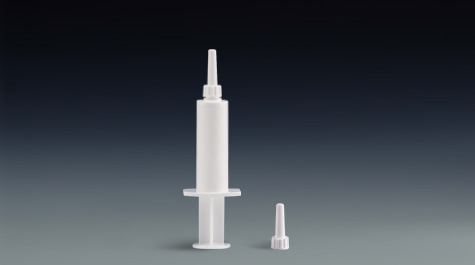Mastitis is a common and frequently-occurring disease in dairy cows, especially during the dry period. Using a cow syringe for udder perfusion treatment is an effective treatment method. Its protective caps are divided into breakable and non-breakable. What are the characteristics of these two types?
Dairy cow mastitis is mostly recessive, the initial symptoms are not obvious, and it is difficult to find during production, so it is easy to delay the optimal treatment period, which leads to the lack of high-stage lactation performance in milk cows within 2-3 months after delivery. Full performance, severely cause the lactating cows to lose milking ability and be eliminated. Production statistics show that mastitis during the dry period will cause more than 25% of the lactation loss in the next lactation period.
The cow syringe is composed of a pipe sleeve, a push rod, a piston, a protective cap and other structures, and the protective cap has two forms: breakable and non-breakable. The breakable protective cap enters the cow's udder shallowly, can maintain the integrity of the nipple tube, and minimize the entry of bacteria into the gland. The non-breakable protective cap goes deeper into the breast, stretches the sphincter muscles, expands the nipple duct, and is easier to introduce bacteria.
The above is the difference between the breakable cap and the non-breakable cap of the cow udder perfusion device. In general, to reduce the bacterial contamination of the cow udder, the operator should perform strict disinfection before the udder injector to reduce the probability of infection from the root cause.

没有评论:
发表评论